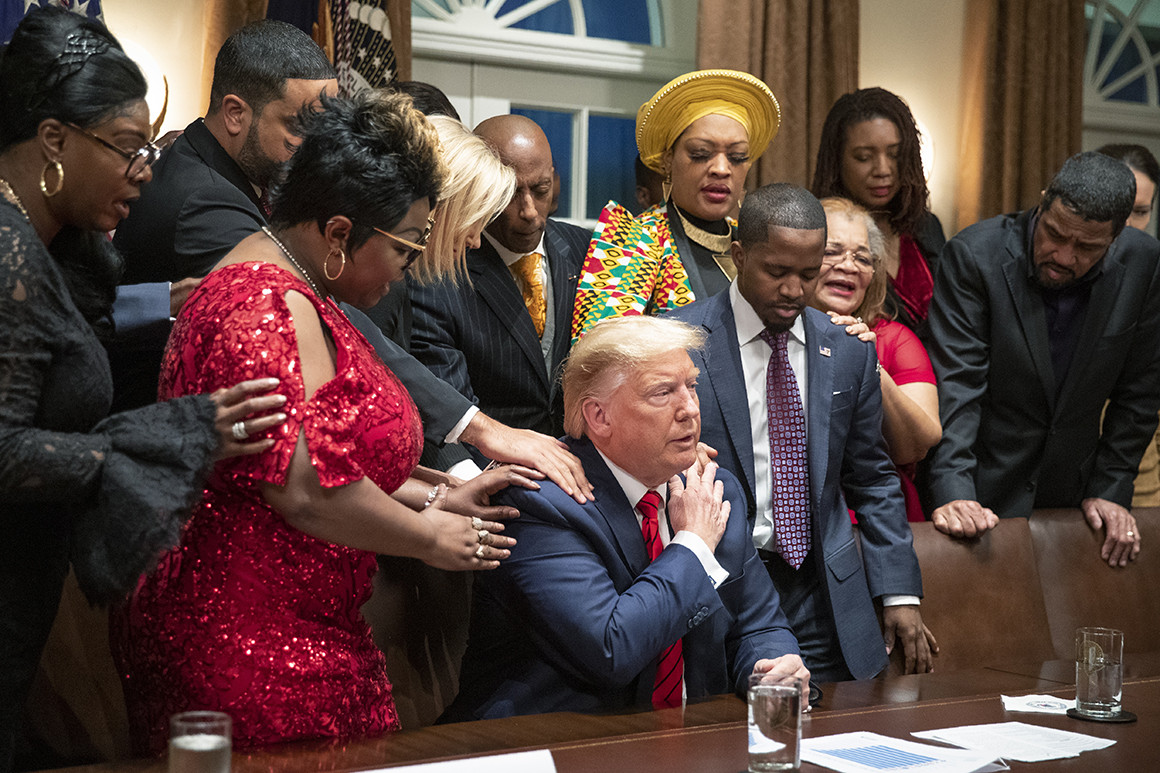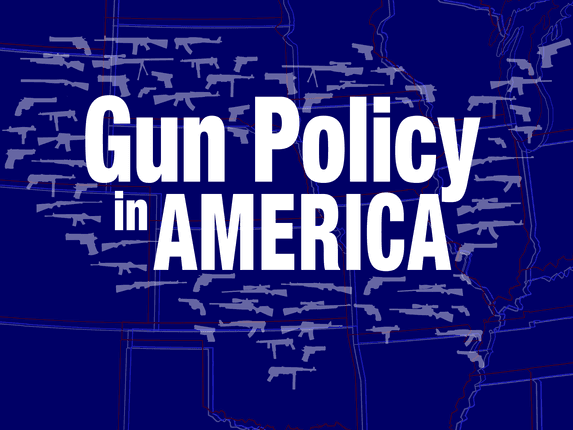(ThyBlackMan.com) Being a Social Media speaker and presenter one of the challenges when speaking to young people in high school or college is validation of what I’m sharing. The validation that I know what I’m talking about, they need to trust me and believe me when I give them facts and share my experiences and ideas. My responsibility and accountability is based on my personal and professional responsibility as a parent and educator.
You can speak, preach and use personal experiences, but sometimes it takes the use of facts and information from other sources to really open youth’s eyes to what is important and relevant especially about technology. The other piece to this is educating parents and grandparents that claim they have no clue about the use of Social Media platforms and technology in general. The generational divide in technology requires “teachology” abilities to teach the diversity in empowerment of Social Media.
Teachers may teach, students may learn, but students also have to “apply” what is learned. The scaffolding or building on content is important to provide connectivity. The connectivity is based on their personal experiences and how I can connect to each or most of the youth I’m speaking too. Many speakers and presenters throw facts, data, statistics at their audience, I encourage participation and engagement.
speakers and presenters throw facts, data, statistics at their audience, I encourage participation and engagement.
During my presentations at the Learn2Earn Experience and TRIO with Upward Bound students with USF my focus was to encourage the positive creating and posting of content. That this generation is not my generation where our first exchange of information was through a handshake, eye to eye contact and exchanging phone numbers and family histories. Making a connection that is both personal and interactive. Youth have a digital interaction not a physical one.
Today’s youth establish their reputations online and create social perceptions by their Social Media content. Their digital footprints that are permanent and rich in multimedia elements. The expressiveness and interactive engagement allows youth to go beyond the basics of just an introduction. It involves embedding, linking, interacting and relevancy to life and relationships.
There is so much that I want to share during my presentations, but a key understanding is the use of Social Media comes with great responsibility. The statement:
“With great power comes great responsibility” Voltaire. Jean, Adrien.
Applying teacher skills I try to get students to take responsibility for their learning. To build independent learners using strategies as Gradual Release of Responsibility Models where students when finished with the presentations continue to learn on their own. This is important for continued reflection and growth.
As I present I like to use my teaching skills of Gradual Release of Responsibility Model (GRRM) of Instructional delivery. Allowing students to connect my training to their past learning and future applications. The instructional delivery is important it has to address the diverse learning modalities of youth. Interaction is important, contributions to assist the youth to be engaged and involved.
The transition comes in a dynamic exchange from presenter centered to audience centered.
As students learn more about the power of Social Media they are learning the impact of Social Media conduct and how bad conduct could possibly negatively impact educational opportunities, their social perceptions, impact youth career options, and societal perceptions of youth. Several lessons that not only Learn2Earn Experience and Trio Upward Bound students needed to learn, students need to understand about Social Media platforms.
Getting the students to understand these elements:
1.Do not post illegal activities: posting illegal activities online diminish your chances of entrance into higher education, employment. If you are involved in criminal behaviors using video to record it then sharing can create possibility for school expulsion and criminal prosecution.
2. Review Social Media Platforms regularly perform a thorough review of the information and content on your social media profiles. Remove information that is hurtful when applying for higher education, future careers and scholarship potentials. Even de-friend people that leave inappropriate content on your site. This can hurt the Marketing and Branding of yourself.
3. Bullying Bullying is a growing issue for schools and law enforcement. Posted online hateful and mean words shared between students often leading to violence, suicide, depression and even may lead to Post Traumatic Stress Disorder | If students are involved in Bullying they can face expulsion also criminal prosecution.
4. Trash Your Teachers Bullying is not just student to student, but student to teacher and teacher to student. Students do have rights of Free speech, but they cannot speak poorly of their teachers using threats of violence or physical harm, destruction of property, emotional, psychological and social harassment. A good point for students is that you may not like all your teachers, but “You never know which one of your teachers will hold the keys to the next great internship or job reference.” Teachers do not have the right to Bully students either.
5. Posting Objectionable Content schools and school districts monitor activity on their networks. Social Media access is disabled in many cases so that limits objectionable content and the use of profanity and threatening behaviors. Even if a student was able to gain access they are identified by an IP address that identifies them. Be careful where you attempt to go you are being tracked.
6. Post Confidential Information Just like you don’t share your social security information with the world, you should not share your passwords and personal information. Sharing can make youth vulnerable to online predators and identity thieves. Protect your identity, keep it from being stolen.
7. Social Media Check-Ins all youth do not need to use all Social Media platforms. Depending on age, youth should be careful about using such applications like Foursquare, Instagram and Tumblr to post where they are. Youth should not be specific of their locations especially at remote locations. Social media analyst Brad Hines advises, “It is usually wise to do little sharing of where you are if you are by yourself, or have left your home by yourself.”
8. Threatening Violence threatening a person or even a group of people is serious. Parents need to check their child’s content, if there is a threat law enforcement has a right to investigate. Students have been arrested and jailed for threatening to do bodily harm, threatening to destroy public and private building. Don’t use Social Media to vent your frustrations and violence.
9. Unprofessional Public Profiles High School, College/University and even in Middle School your social media digital footprint is reflective of who you are. Searching for a job, Internship, scholarship, that is how people will gauge and judge you. In a Google search or a social media examination there is a high chance that companies are looking into your history. Be careful of your speech, be careful of who and what you’re associated with.
Word to the wise for youth from elementary to graduating college students. Watch you Social Media content, be careful of your photos and interactive media: movies and videos. People are looking at you and judging you by your content. Black youth, Trayvon Martin was judged by his Social Media content, be careful how you can be portrayed to the public.
Staff Writer; William D. Jackson
Find out more about this talented writer over at; OCS For Education.
Also check out; http://www.About.Me/WilliamDJackson




















The reason it is so hard to get points across to people is the initial lack of trust. People have been lied to so much that one will have to find a way to get the walls of defense to come down. The strong point of this method is to present it in an hands on environment. Studies have shown that people maintain less than 15 minutes of concentration during any type of presentation unless they get the opportunity to interact and are involved in the decision making process. I would love to attend any type of social media educational program if and when one is available. As a people we are sorely lacking the skills needed to master this new universe of computer technology in its full capacity. Even as a owner of a system, I know less than 5% of the capability of the system itself. But, on the other hand when I see children at the age of 6 being able to not only turn the system on, but sign on and performance functions that I had never thought on doing when I was at that stage of life. If used properly, the computer world offers so much accessibility to avenues of learning and growth that is limitless. But like life itself, there is alot of corruption available as well and thus the good versus evil war is waged. I appreciate all efforts made to educate anyone that is willing to learn. But one first must have the opportunity to do so given to him or her. Keep up the good work and do not lose hope, for success is just a corner away. Peace out, Papacool.